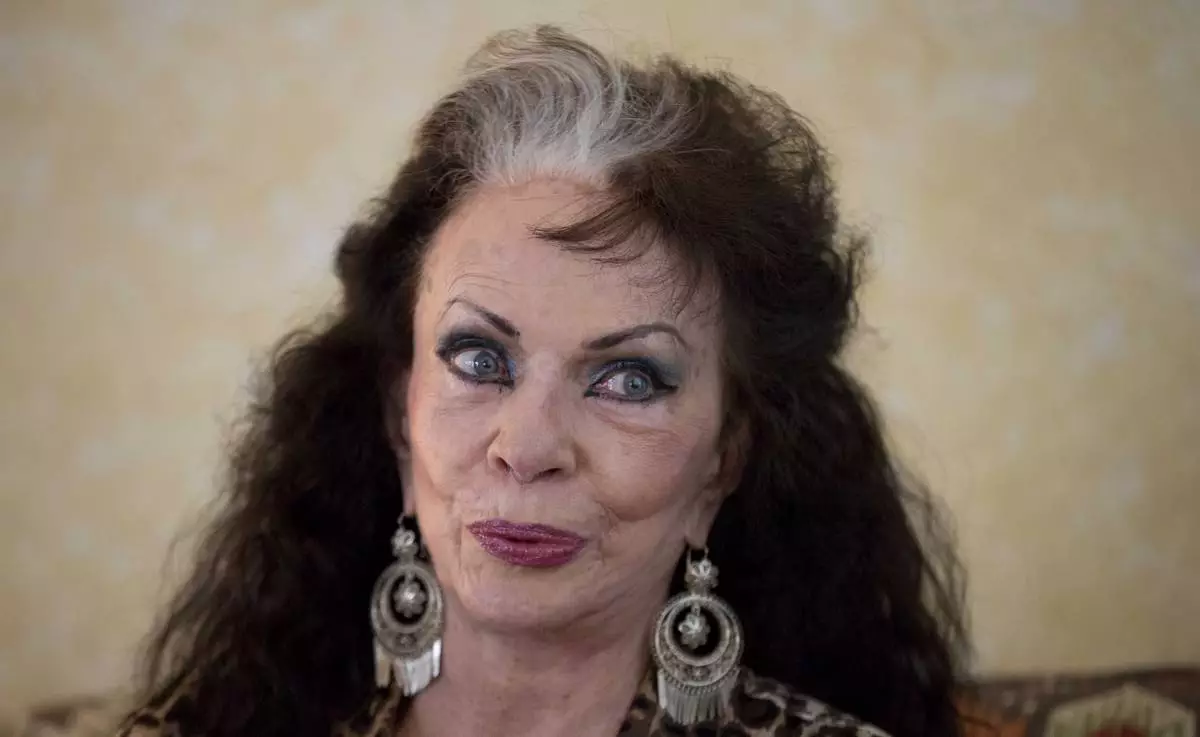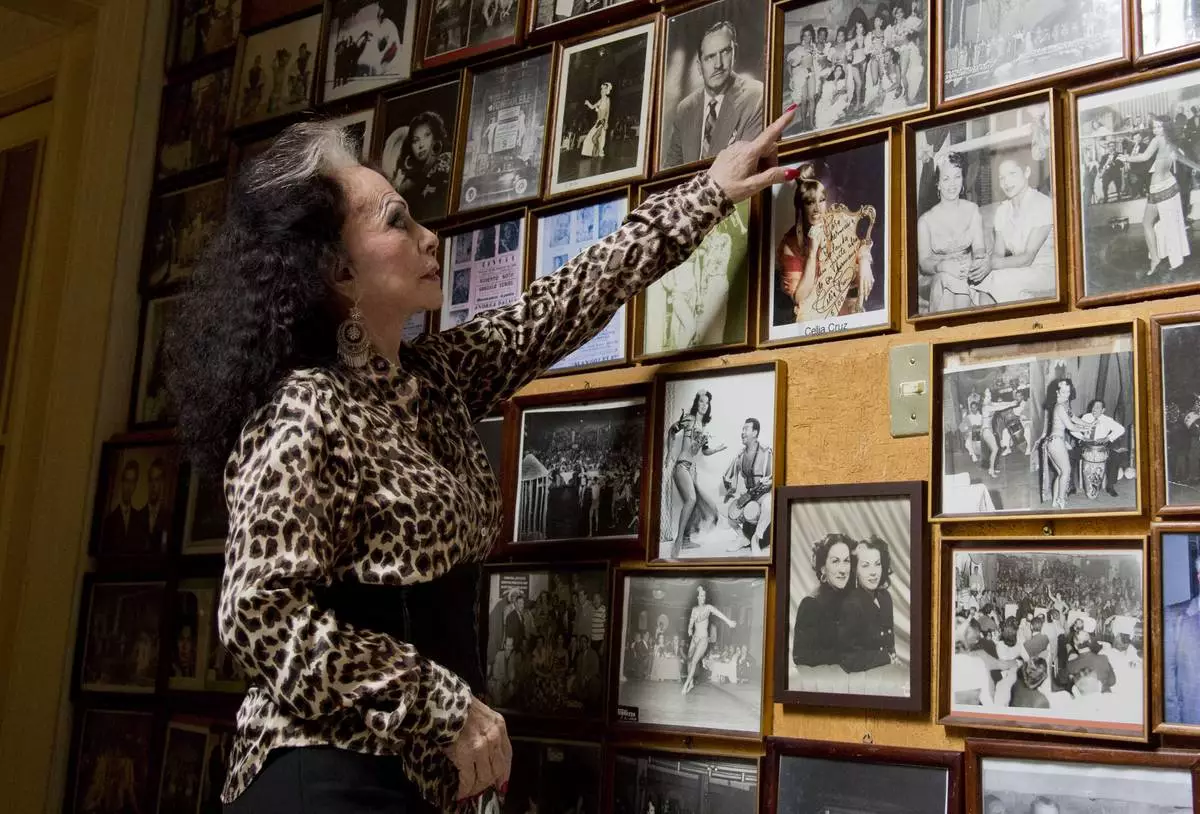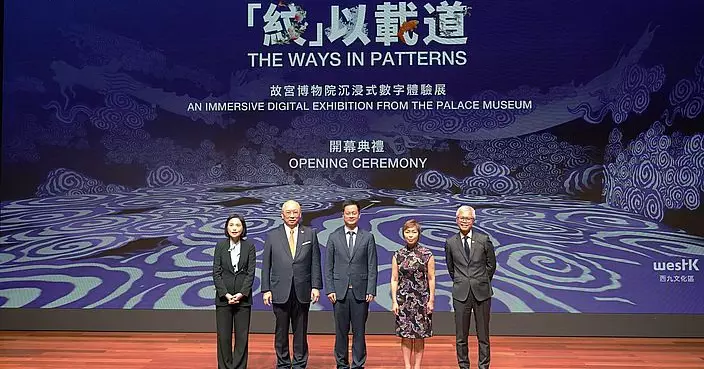“When I was born in China, my parents said, ‘Well, she was born in China and she’s an American, so she’s going to have a Chinese name,’” said Jongmay Urbonya, whose name literally means China-US.

In an interesting twist of fate, this name ended up foreshadowing her future connection with both Chinese and American culture.
“I grew up in the States, but I always had this dream of being a Chinese dancer.”
From the moment she first watched the Chinese dancer Yang Liping perform her famous peacock dance, Jongmay was hooked. She wanted to be Yang Liping, and her obsession with learning Chinese dance blossomed.

She came back to China during her last year in high school. While visiting a village in Yunnan Province, locals got her up on stage and started to beat the drum. “I was feeling it, and that’s when I learned the real meaning of dance. The drum is the heartbeat. So when you are dancing, you just have to follow your heart.”
And follow her heart she did. For the next four years, she stayed in China, studying Chinese dance in college professionally. However, mastering Chinese dance certainly did not come easily to an American.
“I was the only white girl in my class, and it was really hard to remember all the moves,” Jongmay recalled that she had to learn different dance styles from various ethnic minorities and dynasties and she was always mixing up the different moves.

“But, you can’t think of it as just dancing. You have to get down to what Chinese dance is actually. It’s just culture. So, if you understand the culture, you can understand everything about Chinese dance.”
In fact, learning more about Chinese culture prompted Jongmay to find out more about her own culture.
“When I was little, I always wanted to be Yang Liping, and this is what pushed me to do everything. But then, after coming to China and learning Chinese dance, I started to realize the value of my own culture also. Before, I was always pushing to be Chinese, and I wanted Chinese dance, but then I came here, and my classmates were all Chinese. They wanted to know about America. I read a book that I remember saying you really have to love your own culture for people to love you. So, I ended up going back to America and studying hip-hop and jazz, and then coming back, I was able to connect with Americans and Chinese alike.”

Through dance, Jongmay has been able to connect more deeply with Chinese people, but she has also rediscovered her American roots.
“With any culture, you have to first learn your own and then go on to learn others. When you know your own culture, and you tell the Chinese you like their culture too, it’s more meaningful.”















































